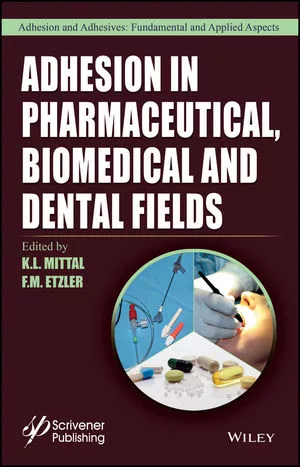Study Finds Discrepancies in Chemical Hazard Evaluation Tools
A comparative analysis of leading chemical assessment tools found that, when evaluating the same chemical, individual tools come to different conclusions regarding the hazard categorization of each chemical.
A comparative analysis of leading chemical assessment tools found that, when evaluating the same chemical, individual tools come to different conclusions regarding the hazard categorization of each chemical, according to the American Chemistry Council.
Such discrepancies, published in the Integrated Environmental Assessment and Management journal, may call into question the extent to which such tools can provide stakeholders, including consumers, retailers and product manufacturers with definitive and actionable information about chemical substances in consumer products without further analysis and contextual information.
Retailers and product manufacturers are increasingly using a variety of tools, lists and other approaches to determine whether specific chemical ingredients in consumer products may be a concern, or to certify what some call “greener” chemical ingredients. The study’s authors conclude that there is a need for enhanced transparency and understanding of what each tool was designed to measure, as well as the appropriate conditions for each tool’s use, and suggest possible enhancements to the tools to increase their utility.
The seven chemicals evaluated included two natural compounds (caffeine and citric acid), a degradation metabolite (glycolic acid), and four synthetic chemicals: ethylene glycol, dibutyl phthalate, benziothiazolinone (BIT), which is also an antimicrobial, and 1,2,4,6,9,10-hexabromocyclododecane (HBDC), which is also a chemical designated as persistent and bioaccumulative by the European Union.
For more information, visit www.americanchemistry.com.
Looking for a reprint of this article?
From high-res PDFs to custom plaques, order your copy today!






